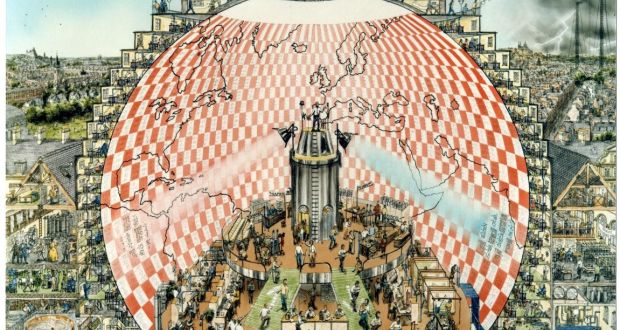The use of computers in predicting the weather has been around for a long time. As far back as World War 1, scientists envisioned a method for calculating what the weather would be like in the future based on observations and knowledge of atmospheric physical principles. Lewis Fry Richardson, a Quaker who spent his spare time when he was not driving ambulances during the war figuring out a way to do this, had a grand vision of a “Forecast Factory” with scores of human calculators predicting the future weather. You can read more about that in the Irish Times here.
More recently, the availability of analog and electrical computers has led to the overwhelming use of computers to predict the weather (they are also used for many other predictions like trying to figure out what the stock market will do). The Wisconsin State Journal has an article on how numerical weather prediction came to computers here. This is probably one of the most unheralded advances of the 20th century, one which many of us use or at least benefit from every day.
